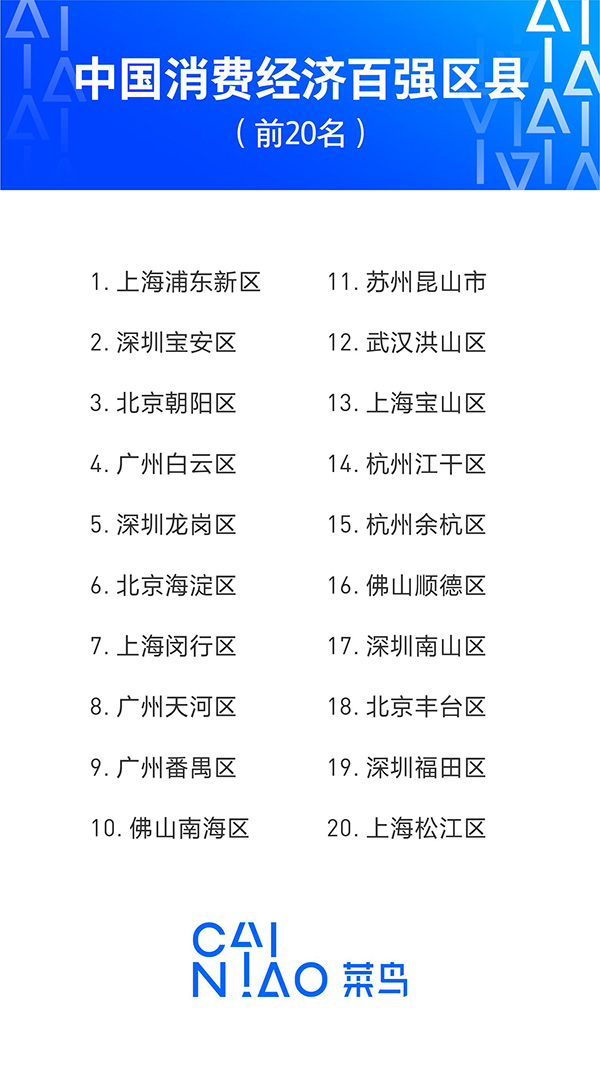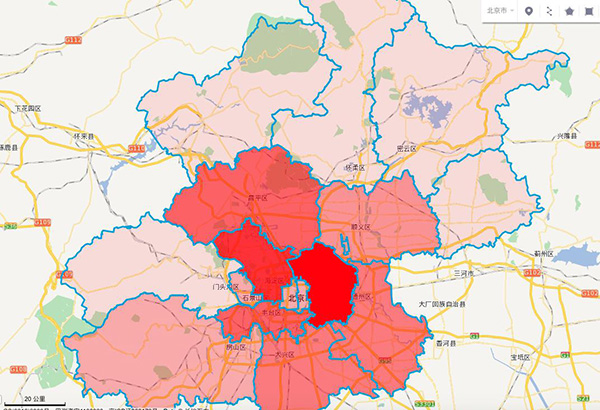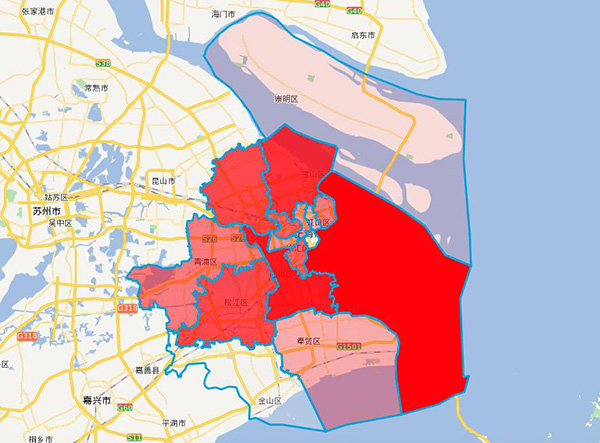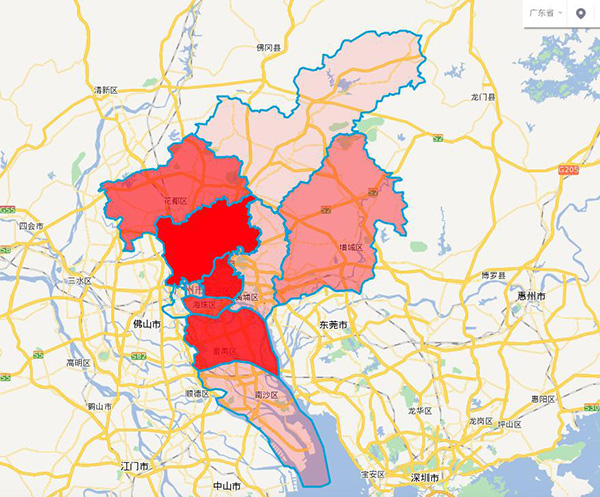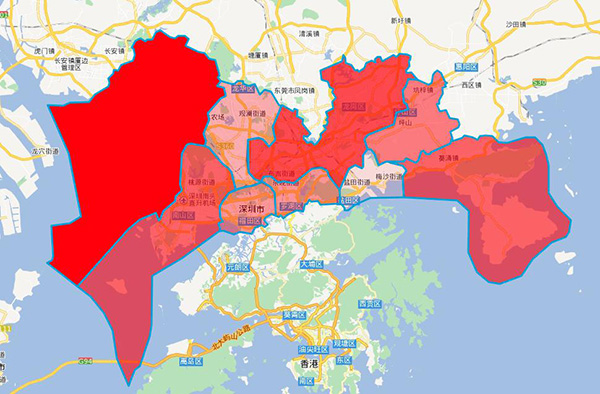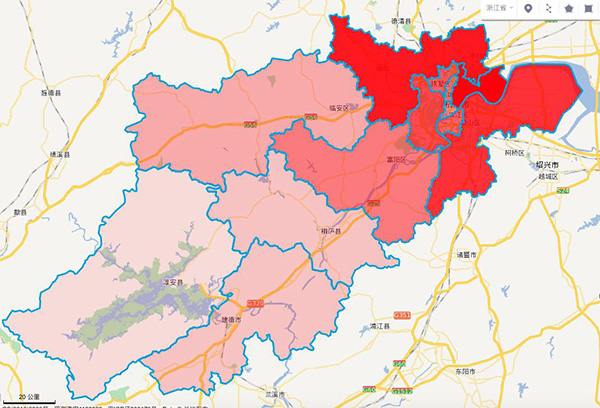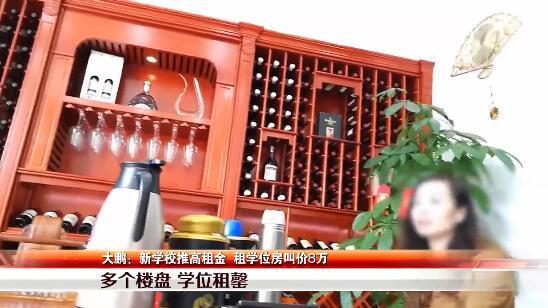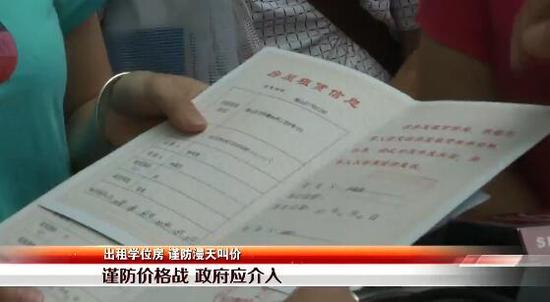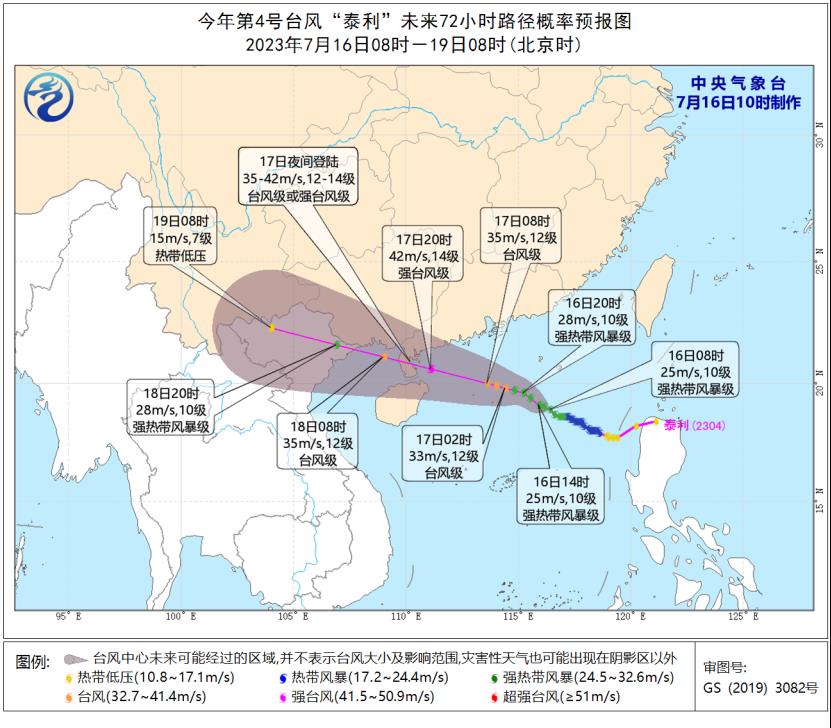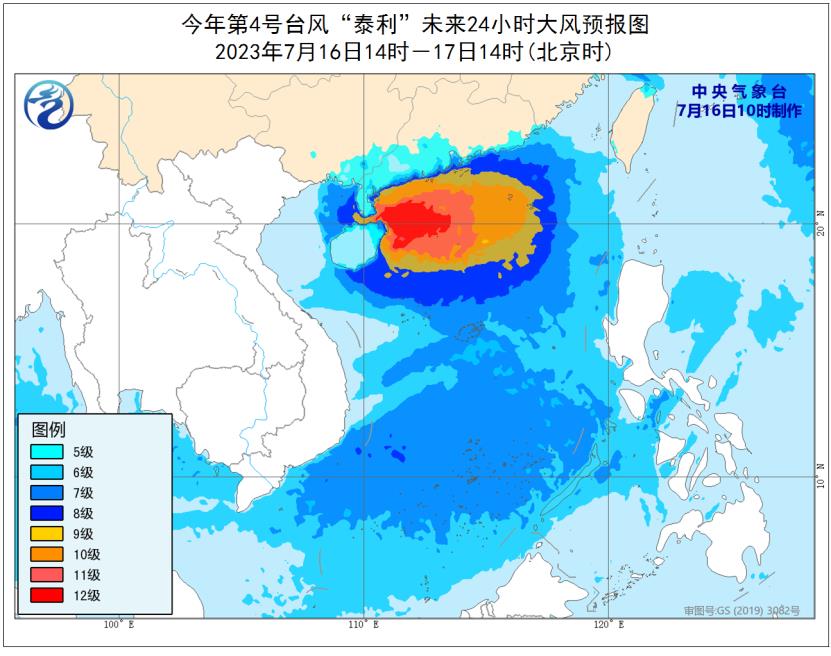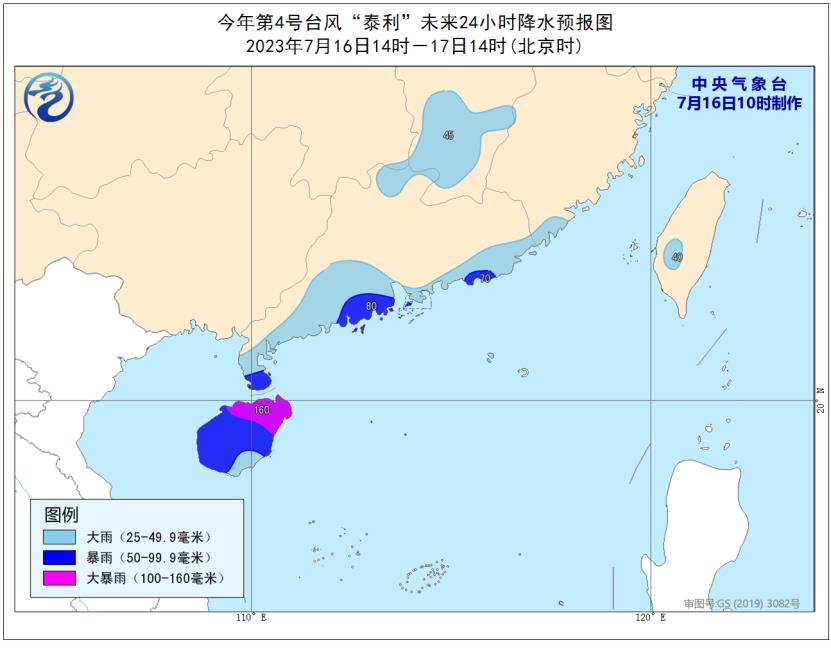EV Morning News | The 301st new car announcement; The list of 2017 smart manufacturing pilot projects was released; Guangdong solicited opinions on subsidy policy.
one、The 301st batch of new cars was publicized, and 168 new energy vehicles were declared [read the original]
On October 16th, the Ministry of Industry and Information Technology publicly declared the new products of the Announcement of Road Motor Vehicle Manufacturers and Products (the 301st batch), and declared 168 models of new energy automobile products from 84 enterprises, including 156 models from 82 enterprises, 4 models from 4 enterprises and 8 models from 4 enterprises.
Source: First Electric Network
2、The Ministry of Industry and Information Technology released the list of smart manufacturing pilot demonstration projects in 2017, and seven new energy vehicle projects were listed [read the original]
On October 16th, the Ministry of Industry and Information Technology released the list of smart manufacturing pilot demonstration projects in 2017, including 17 automobile projects, including 5 pilot demonstration projects of new energy vehicle power battery smart factory and 2 pilot demonstration projects of intelligent manufacturing of lithium titanate materials.
Source: First Electric Network
3、Guangdong Province solicited opinions on the new energy vehicle policy, which will be implemented by 50% of the state subsidy in 2017 [read the original].
Recently, Guangdong Province issued the "Provincial Financial Subsidy Policy for the Promotion and Application of New Energy Vehicles (Draft for Comment)", which stipulates that consumers (including units and individuals) who purchase new energy vehicles in Guangdong and register and declare at the place of registration shall give comprehensive subsidies for new energy vehicles, and the distribution enterprises shall apply for comprehensive subsidies for local vehicles. Vehicles registered since January 1, 2017 are 50% of the state subsidy; The local subsidy for fuel cell vehicles is not less than 4,500 yuan /kW (calculated according to the rated power of vehicle fuel cells), and the local subsidy does not exceed the national subsidy.
Among them, non-individual users apply for subsidies, and the cumulative mileage of vehicles must reach 30,000 kilometers (except for special vehicles for work); If the mileage is not up to standard, you should apply for subsidies after reaching the standard. The subsidy standards and technical requirements shall be implemented in accordance with the year when you obtain the driving license. Individuals who have applied for subsidies to buy vehicles, and the accumulated mileage has not reached 30 thousand kilometers, shall not be transferred to non-individual users. Before the introduction of this policy, if the transferred vehicles involve non-individual users, the accumulated mileage must reach 30,000 kilometers before applying for subsidies.
Source: First Electric Network
four、The full text of four national standards, such as the interoperability test specification for conductive charging of electric vehicles, was released [read the original]
On October 15th, the national standard full-text disclosure system issued the "Notice on the disclosure of the full text of 36 national standards such as GB 13094-2017". GB/T 34657.1-2017 Electric Vehicle Conductive Charging Interoperability Test Specification Part 1: Power Supply Equipment; GB/T 34657.2-2017 Electric Vehicle Conductive Charging Interoperability Test Specification Part 2: Vehicles; GB/T 34658-2017 Communication Protocol Consistency Test between Off-board Conductive Charger and Battery Management System of Electric Vehicle.
Source: First Electric Network
five、The full text of two national standards, such as "Signs of Control Parts, Indicators and Signal Devices of Electric Vehicles", was released [Read the original]
On October 13th, the national standard full-text disclosure system issued the "Notice on disclosing the full-text of national standards in China National Standard Announcement No.23 in 2017", including GB/T 4094.2-2017 "Signs of operating parts, indicators and signal devices of electric vehicles" (implemented on July 1st, 2019), GB/T 34582-2017 "Solid oxide fuel cells and
Source: First Electric Network
6. Take charge of Beijing’s new energy to build cars and show new forces.

Recently, the surging new energy vehicles have once again sent heavy news. According to reliable sources, Zhang Hailiang, the vice chairman of LeTV, who has been accompanied by rumors of leaving the company, will officially take charge of the electric coffee car as the chairman and CEO. People familiar with the matter said that the reason why Zhang Hailiang chose to take charge of Beijing Electric Cafe was not only optimistic about the future market prospects of new energy vehicles, but also another challenge to his career. In addition to Xiang Dongping, the former executive vice president of VOLVO China, who broke out last week, Niu Shengfu, the former CTO of LeTV, will also join Beijing Electric Cafe. It can be predicted that under the leadership of Zhang Hailiang, electric coffee vehicles will gather more energy and possibilities, making it a powerful promoter of the future pattern of new energy vehicles.
Source: Sohu Auto
7. "Hand in hand" Didi develops the electric network car market.
On October 15th, Qingdao TELECOM New Energy Co., Ltd. (hereinafter referred to as TELECOM) and Beijing Didi Wireless Technology Development Co., Ltd. (hereinafter referred to as Didi) signed the Strategic Cooperation Agreement. Although specific projects have not been determined, it has created opportunities for TELECOM to improve the charging business layout of the car in the automobile charging network industry chain and expand the car market in the electric network.
Source: Geshi Automobile
8. Fully access the "new national standard" and customize the charging interface for China users.
On October 16th, Tesla announced that it would launch the models with charging interfaces in line with the "New National Standard" (GB/T20234-2015) to the Chinese mainland market. Tesla will fine-tune the body of new models sold to Chinese mainland to adapt to the change of charging interface, and all Tesla models made in China will be equipped with new national charging interfaces in the future.
Source: First Electric Network
9. Changjiang Automobile signed an order for 500 electric buses with Sino-Chongqing International Strategic Cooperation.
On October 11th, after three months of communication and negotiation, Chongqing International and Changjiang Automobile reached a comprehensive cooperation consensus on pure electric buses, and the two sides held the first batch of 500 order signing and 30 delivery ceremony in Hangzhou. The Internet financial platform, Rongwang, will provide full-process financial service support.
Source: car watcher
10. The monthly output of Qingdao Laixi Base exceeded 10,000 vehicles for the first time.
A few days ago, good news came from Beiqi New Energy Qingdao Industrial Base in Jiangshan Town, Laixi City, Qingdao. The 10012th car produced in September drove off the final assembly line, and Qingdao Base became the first manufacturing center to break through the monthly output of 10,000 vehicles in the domestic new energy automobile industry.
Source: china industry news.
11. Invest 12.5 billion yuan to produce 20GWH ternary lithium battery Nissan battery China headquarters and production base settled in Zhenjiang.
On October 15th, Nissan Battery China headquarters and production base with a total investment of 12.5 billion yuan signed a contract to settle in Zhenjiang New District. Nissan Battery’s China headquarters and production base are invested and constructed by Jinshajiang Capital, with a total investment of 12.5 billion yuan and fixed assets investment of 10 billion yuan. After the production of Zhenjiang base, the capacity of 20GWH ternary lithium battery can be formed. It is estimated that taxable sales will reach 20 billion yuan and profits and taxes will reach 4 billion yuan.
Source: Yangzi Evening News
12. Shell is suspected of acquiring charging operators to settle in the new energy field.
Royal Dutch Shell Group of Companies recently announced that it plans to acquire New Motion, an operator of electric vehicle charging stations, which has more than 30,000 electric vehicle charging points in Western Europe. Shell will systematically serve new energy vehicles by adding fast charging devices to gas stations and arranging more ordinary charging devices in workplaces and residential areas. It is expected that in the next few decades, the station will still provide new energy and fuel energy for consumers to choose.
Source: Pacific Auto Network
13. Guoen shares joined hands with Teruide to enter the new energy vehicle charging industry.
On October 15th, Qingdao Guoen Technology Co., Ltd. and Qingdao Teruide Electric Co., Ltd. signed the Comprehensive Strategic Cooperation Agreement. The two parties cooperated in the fields of nonmetallic materials, structures, protection and environmental control systems of box-type substations and charging piles, and Teruide designated Guoen as the sole supplier in the above fields at a reasonable market price. The two sides carried out joint technological innovation and product research and development in the fields of box-type substation and appearance structure of charging piles, and formed a comprehensive strategic cooperative relationship through in-depth cooperation of products and technologies.
The two sides jointly discussed cooperation in the new energy vehicle industry chain in the form of industrial fund investment and direct equity investment: the two sides discussed the establishment of a new energy vehicle industry fund, mainly to invest in new energy vehicle charging infrastructure projects; Guoen Co., Ltd. and Tektronix, a wholly-owned subsidiary of Tektronix, jointly set up a joint venture company or increase the capital of Tektronix’s subsidiary to participate in the construction, operation and value-added services of new energy vehicle charging infrastructure.
Source: First Electric Network
14. Samsung SDI Tianjin Battery Factory is insolvent and the local state-owned party intends to transfer its equity.
On October 15th, Tianjin Property Rights Exchange Center showed that Samsung SDI and Tianjin Zhonghuan Electronic Information Group Co., Ltd. (hereinafter referred to as Tianjin Zhonghuan) and Tianjin Economic and Technological Development Zone State-owned Assets Management Company (hereinafter referred to as Economic Development Zone State-owned Assets) held 50%, 30% and 20% of the shares of Samsung Tianjin Battery respectively.
In this transfer, Tianjin Zhonghuan and Economic Development State-owned Assets transferred 10% and 20% of the shares respectively, and the reserve price of the transfer was 11.8103 million yuan and 23.6206 million yuan respectively, and other shareholders gave up the priority right of transfer. The reserve price of the 10% equity transfer of Samsung Tianjin Battery is only less than 1 million yuan higher than the 10,845,300 yuan subscribed by the 10% equity when the company was established.
Source: national business daily.
15. Beiqi New Energy EC180/200 pushes customized packages.


Recently, Beiqi New Energy EC series (including EC180 and EC200) will add customized packages in appearance and interior, and its price will increase by 2,000 yuan on the basic selling price of EC series models. In addition to these two colors of orange and blue, Beiqi New Energy will launch a customized version according to users’ preferences in the future, providing users with more diverse choices. According to different matching of users, the price may be different.
Source: car home.
16. Dongxu Optoelectronics: Graphene LED lights will be used for new energy buses and cars.
Dongxu Optoelectronics (000413) said on the interactive platform on the afternoon of October 16 that the company’s graphene LED lights will be used in new energy buses and cars to improve cruising range, reduce charging time and reduce electricity bills. At the same time, the lamp integrates many kinds of sensors and control units, which can be interconnected with Mingshuo technology smart street lamp to realize many functions such as accurate navigation, road warning, variable color temperature and so on.
Source: China Fund.
17. Hainan’s first new energy vehicle operation and service base settled in Sanya.
On the afternoon of October 15th, the signing ceremony of the first new energy vehicle operation and service base in Hainan Province jointly built by Guangwu Real Estate Group and BAIC Group was held at the Ritz-Carlton Hotel in Yalong Bay, Sanya. The new energy vehicle operation and service base is expected to be put into operation before the Spring Festival, and it will be the largest and only new energy vehicle operation and service base in Hainan Province.
Source: Sanya, China

